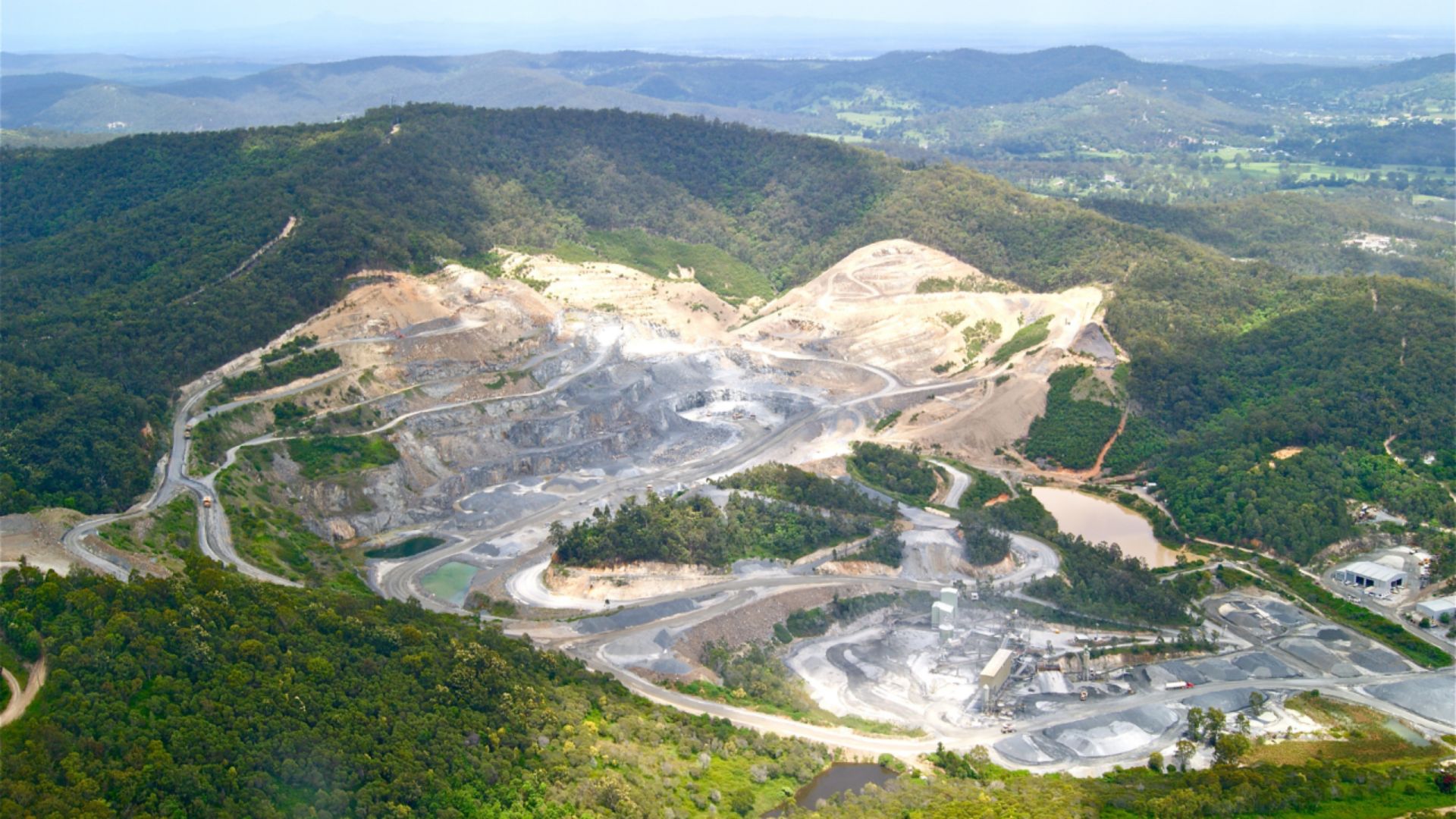Exploiting Resources, Balancing Sustainability, and Embracing International Partnerships
- Ecuador | 7 August 2015

Following its re-entry into the Organization of the Petroleum Exporting Countries (OPEC) in 2007, Ecuador has emerged as the organization’s smallest member. Despite its relatively small territory, Ecuador possesses significant reserves of oil and gas, with vast untapped potential. The country currently produces around 500,000 barrels per day (bbl/d), with crude petroleum accounting for 50% of its exports. The revenue generated from oil trading, primarily with the west coast of the US, has played a crucial role in funding political activities and improving the lives of many Ecuadoreans through infrastructure development and social facilities.
In 2010, the Correa administration renegotiated hydrocarbon contracts with the 17 firms operating in the country, establishing a profit limit of $32 per barrel. Although this initially discouraged operators, most have chosen to stay and accept the state’s policy of resource nationalism, recognizing the government’s sovereignty over national resources. However, as reserves continue to diminish, Ecuador has been compelled to seek alternative sources of revenue, leading to expanded exploration efforts in remote provinces and the adoption of advanced technologies to strengthen the refining segment.
Exploration efforts have focused on designated areas in the regions of Morona Santiago and Pastaza, as well as the Ishpingo-Tambococha-Tiputini (ITT) fields in Yasuní National Park, which are estimated to contain 900 million barrels of oil. However, the exploitation of these areas presents challenges in terms of environmental protection and the interests of indigenous communities residing in the region. The government has implemented bans on extraction and exploration in certain areas to address these concerns, but their overturning in 2013 triggered protests from local populations who argue for fair compensation and minimal environmental impact from oil-related activities on their lands.
To reduce its reliance on imported petroleum derivatives, Ecuador has undertaken the construction of the Pacific Refinery, scheduled for completion in 2017. The refinery, with a maximum processing capacity of 300,000 bbl/d, aims to transform Ecuador from a consumer to a supplier of petrochemical products. It will enable the country to sell products to China and process a significant portion of Venezuela’s crude output from the Orinoco Oil Belt. By adding value to its economy and reducing the trade deficit, Ecuador seeks to enhance its position in the petrochemical market. The refinery project is financed by Chinese banks, with China National Petroleum Corp. and Petróleos de Venezuela holding stakes in the venture.
Ecuador’s national pipeline infrastructure, primarily the OCP pipeline, has been operating at full capacity, necessitating the exploration of additional transportation options. Currently, petroleum products are largely imported to meet domestic energy demand. However, the government aims to rely on hydroelectric generation, which already accounts for over half of national energy production, for 90% of electricity within the current administration’s term. Several hydropower projects, including the Coca Codo Sinclair plant, are under construction to exploit Ecuador’s abundant water resources and generate low-cost, environmentally friendly energy. Foreign investments, particularly from China and Russia, have played a significant role in the development of the energy sector.
Ecuador’s energy sector is at a critical juncture as it seeks to exploit its oil and gas reserves while balancing environmental sustainability and the interests of indigenous communities. The country’s participation in OPEC and its ambitious projects, such as the Pacific Refinery and hydropower plants, demonstrate its commitment to diversifying its energy portfolio and strengthening its position in the global energy market. International partnerships, particularly with China and Russia, have facilitated investment and technological advancements, driving Ecuador’s energy sector toward a more sustainable and prosperous future.








